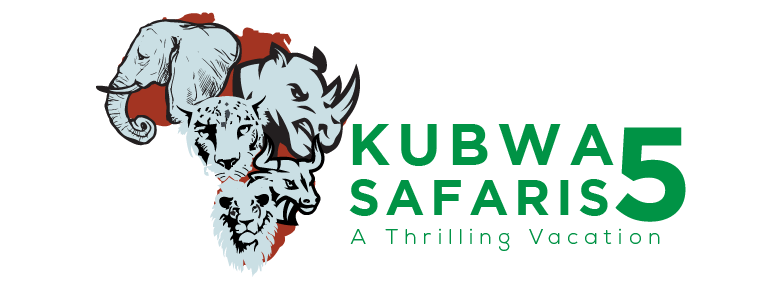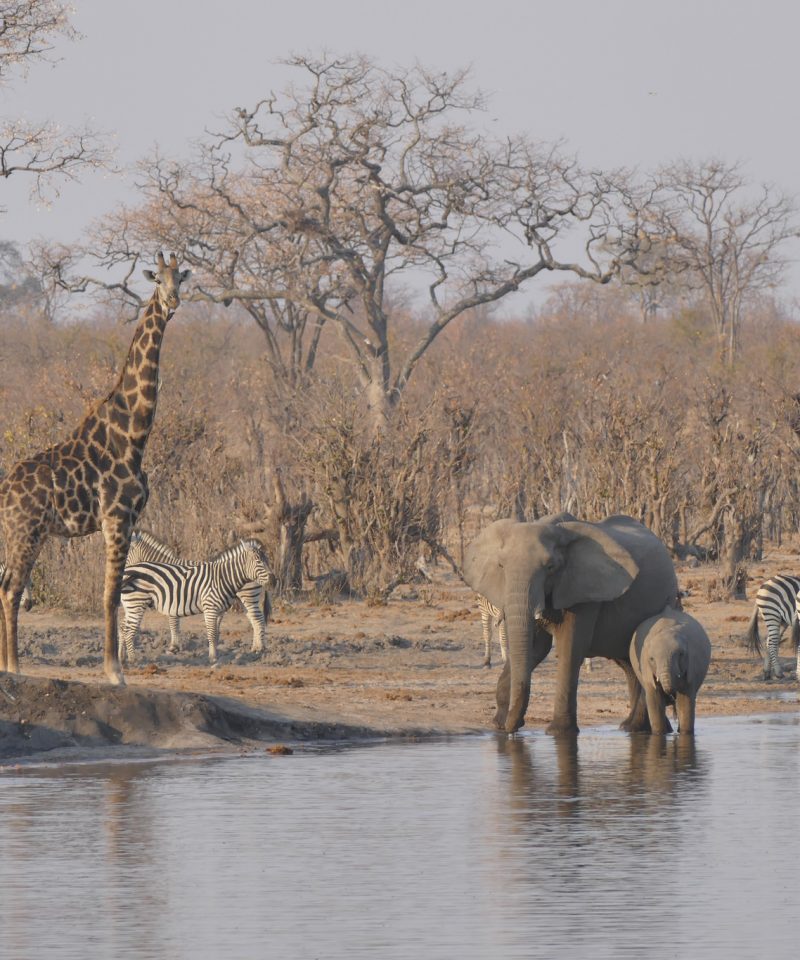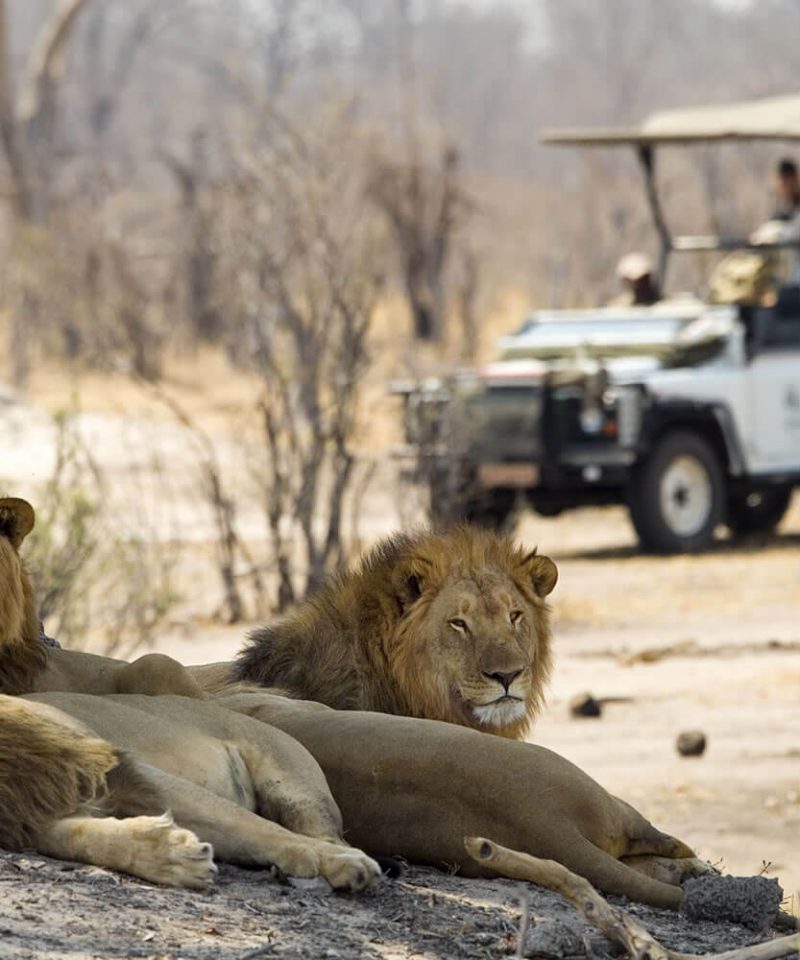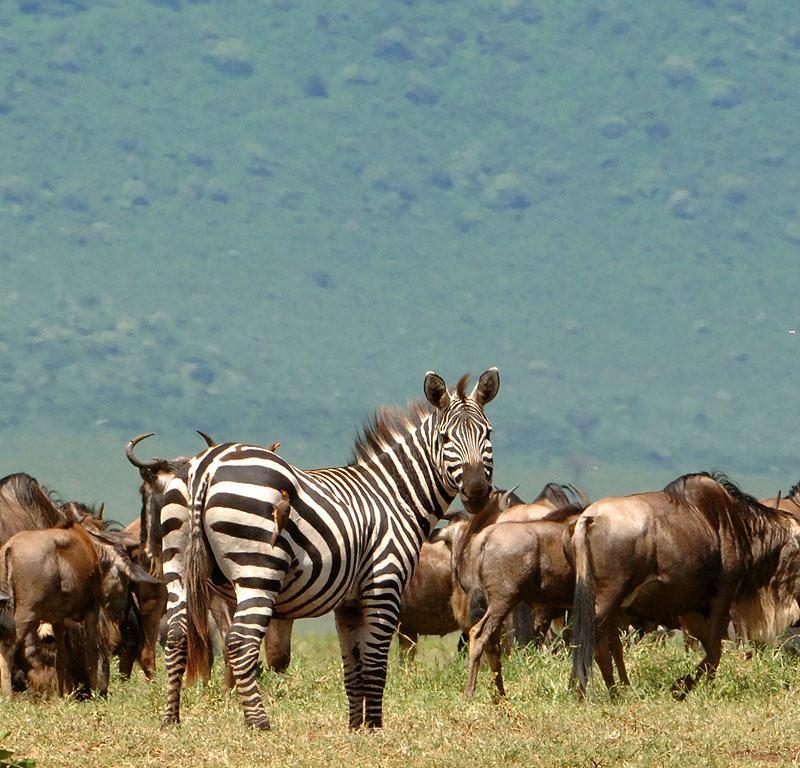6 Days Of Safari Tour In Zimbabwe
6 Days 5 Nights
Availability : Jan-Dec
In this 6 Days Of Safari Tour In Zimbabwe, we prepare for the best […]
From$3,000
View Details4 Days Victoria Falls Tour Vacation
4 Days 3 Nights
Availability : Jan-Dec
4 Days Victoria Falls Tour Vacation Zimbabwe We invite you for this 4 days […]
From$2,800
View DetailsTriangle Garden Of Eden And Great Migration Safari In Serengeti National Park
3 Days 2 Nights
Availability : Jan-Dec
This triangle garden of Eden and great migration safari in serengeti national park will […]
From$2,000
View Details


